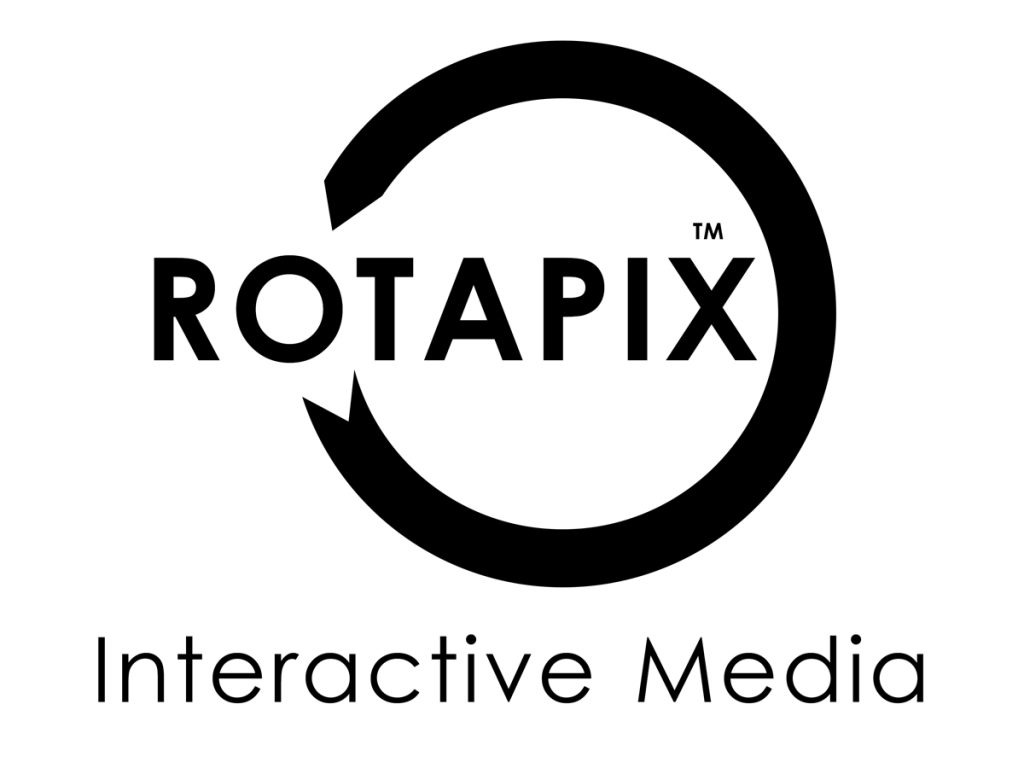Tracking ad performance is crucial for understanding how well your campaigns are doing and identifying areas for improvement. By closely monitoring your ads, you can ensure that your investment in Google Ad Works is yielding the desired results, helping you optimize your strategies to achieve better outcomes. Performance tracking allows you to measure the effectiveness of your ads, understand your audience’s behavior, and make data-driven decisions that enhance your overall marketing efforts.
Overview of Google Ad Works Tracking Tools
Google Ad Works offers a variety of tracking tools to help you monitor and analyze your ad performance. These tools include conversion tracking, Google Analytics, and various reporting features within the Google Ad Works platform. Conversion tracking enables you to see what actions users take after clicking on your ads, while Google Analytics provides deeper insights into user behavior and traffic sources. The reporting features allow you to generate detailed reports on key metrics, making it easier to evaluate the success of your campaigns.
Setting Up Conversion Tracking

What is Conversion Tracking?
Conversion tracking is a feature that allows you to measure the actions that users take after interacting with your ads. These actions, known as conversions, can include making a purchase, signing up for a newsletter, filling out a contact form, or any other valuable activity. By tracking conversions, you can determine which ads, keywords, and campaigns are driving the most valuable traffic and adjust your strategies accordingly.
Steps to Set Up Conversion Tracking in Google Ad Works
- Sign in to Google Ad Works: Access your Google Ad Works account and navigate to the Tools and Settings menu.
- Select Conversions: Under the Measurement section, click on Conversions to open the conversion tracking setup page.
- Create a New Conversion Action: Click on the plus (+) button to create a new conversion action, then choose the type of conversion you want to track (e.g., website, app, phone calls, or import).
- Set Up Conversion Details: Enter the conversion name, value, count, and other relevant details. This information helps you track and analyze your conversions accurately.
- Install the Tracking Tag: Follow the instructions to install the conversion tracking tag on your website or app. This tag will collect data on user interactions and send it back to Google Ad Works.
- Verify and Test: After installing the tag, verify that it is working correctly and test it to ensure accurate data collection.
Key Metrics to Monitor in Google Ad Works
Understanding Click-Through Rate (CTR)
Click-Through Rate (CTR) is a key metric that measures the percentage of users who click on your ad after seeing it. A higher CTR indicates that your ad is relevant and engaging to your audience. To calculate CTR, divide the number of clicks by the number of impressions and multiply by 100. Monitoring CTR helps you assess the effectiveness of your ad copy and targeting strategies, allowing you to make adjustments to improve performance.
Monitoring Cost-Per-Click (CPC) and Return on Ad Spend (ROAS)
Cost-Per-Click (CPC) is the amount you pay each time a user clicks on your ad. Monitoring CPC helps you manage your advertising budget and ensure that you are getting the most value for your money. Return on Ad Spend (ROAS) measures the revenue generated for every dollar spent on advertising. To calculate ROAS, divide the total revenue by the total ad spend. A higher ROAS indicates that your ads are driving profitable results, making it an essential metric for evaluating the financial success of your campaigns.
Analyzing Ad Performance Data

Using Google Analytics for Ad Performance Insights
Google Analytics is a powerful tool that provides detailed insights into user behavior and traffic sources. By linking your Google Ad Works account with Google Analytics, you can access comprehensive data on how users interact with your website after clicking on your ads. This includes metrics such as bounce rate, average session duration, pages per session, and goal completions. Analyzing this data helps you understand the effectiveness of your ads in driving meaningful engagement and achieving your business objectives.
Interpreting Key Performance Indicators (KPIs)
Key Performance Indicators (KPIs) are metrics that reflect the success of your advertising efforts in achieving your goals. Common KPIs in Google Ad Works include CTR, CPC, conversion rate, ROAS, and cost per conversion. Interpreting these KPIs involves comparing them against your targets and industry benchmarks to assess performance. For instance, a high conversion rate indicates that your ads are effectively driving desired actions, while a low CPC suggests efficient budget management. Regularly reviewing and interpreting KPIs helps you identify strengths and weaknesses in your campaigns and make informed adjustments.
Integrating SEO Marketing with Google Ad Works
Benefits of Combining SEO and Google Ad Works
Combining SEO marketing with Google Ad Works offers several benefits, including increased visibility, enhanced credibility, and improved overall performance. SEO helps your website rank higher in organic search results, while Google Ad Works drives immediate traffic through paid ads. Together, they create a comprehensive digital marketing strategy that maximizes your reach and effectiveness. By leveraging both channels, you can capture more potential customers at different stages of the buying journey, from initial awareness to final conversion.
Strategies for Integrated SEO and PPC Campaigns
To effectively integrate SEO and Google Ad Works, consider the following strategies:
- Keyword Synergy: Use the same or similar keywords for both SEO and PPC campaigns to reinforce your presence in search results.
- Data Sharing: Utilize insights from Google Ad Works to inform your SEO strategy and vice versa. For example, high-performing PPC keywords can guide your SEO content creation.
- Unified Messaging: Ensure consistency in messaging across your SEO and PPC efforts to create a cohesive brand experience for users.
- Cross-Channel Remarketing: Use PPC ads to retarget users who have previously visited your site through organic search, keeping your brand top-of-mind and encouraging conversions.
Continuous Improvement through Performance Tracking

Using Performance Data for Ongoing Campaign Optimization
Continuous improvement is key to maintaining and enhancing the performance of your Google Ad Works campaigns. Use the performance data you collect to identify trends, strengths, and areas for improvement. Regularly analyze your KPIs and adjust your strategies based on the insights gained. Implement A/B testing to experiment with different ad elements, such as headlines, descriptions, and calls to action, to determine what works best. By continuously optimizing your campaigns, you can achieve better results and maximize your return on investment.
Best Practices for Regular Performance Reviews
Conducting regular performance reviews is essential for staying on top of your Google Ad Works campaigns. Schedule weekly or monthly reviews to assess your campaign performance and identify any issues or opportunities. During these reviews, compare your current performance against your goals and historical data to evaluate progress. Use visualizations, such as charts and graphs, to highlight key trends and insights. Collaborate with your team or digital marketing agency to discuss findings and plan actionable steps for improvement. Regular performance reviews ensure that your campaigns remain aligned with your objectives and continue to deliver results.
Maximizing the Benefits of Performance Tracking
Recap of Key Tracking and Analysis Techniques
Effective performance tracking and analysis are critical components of successful Google Ad Works campaigns. By setting up conversion tracking, monitoring key metrics, and using advanced tools and techniques, you can gain valuable insights into your ad performance. Partnering with a digital marketing agency can further enhance your efforts, providing expertise and resources to optimize your campaigns. Regular performance reviews and continuous improvement ensure that your campaigns remain effective and aligned with your goals.
Final Tips for Effective Ad Performance Management
To maximize the benefits of performance tracking, follow these final tips:
- Ensure your tracking setup is accurate and reliable.
- Regularly review and analyze your performance data.
- Use advanced features and third-party tools to gain deeper insights.
- Collaborate with a digital marketing agency for expert guidance.
- Continuously optimize your campaigns based on data-driven insights.









